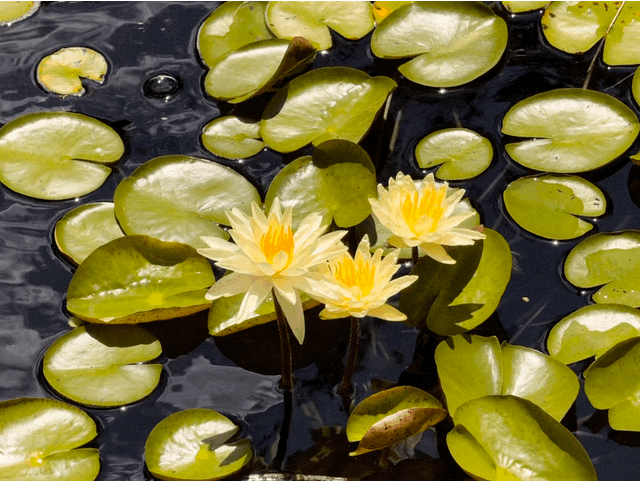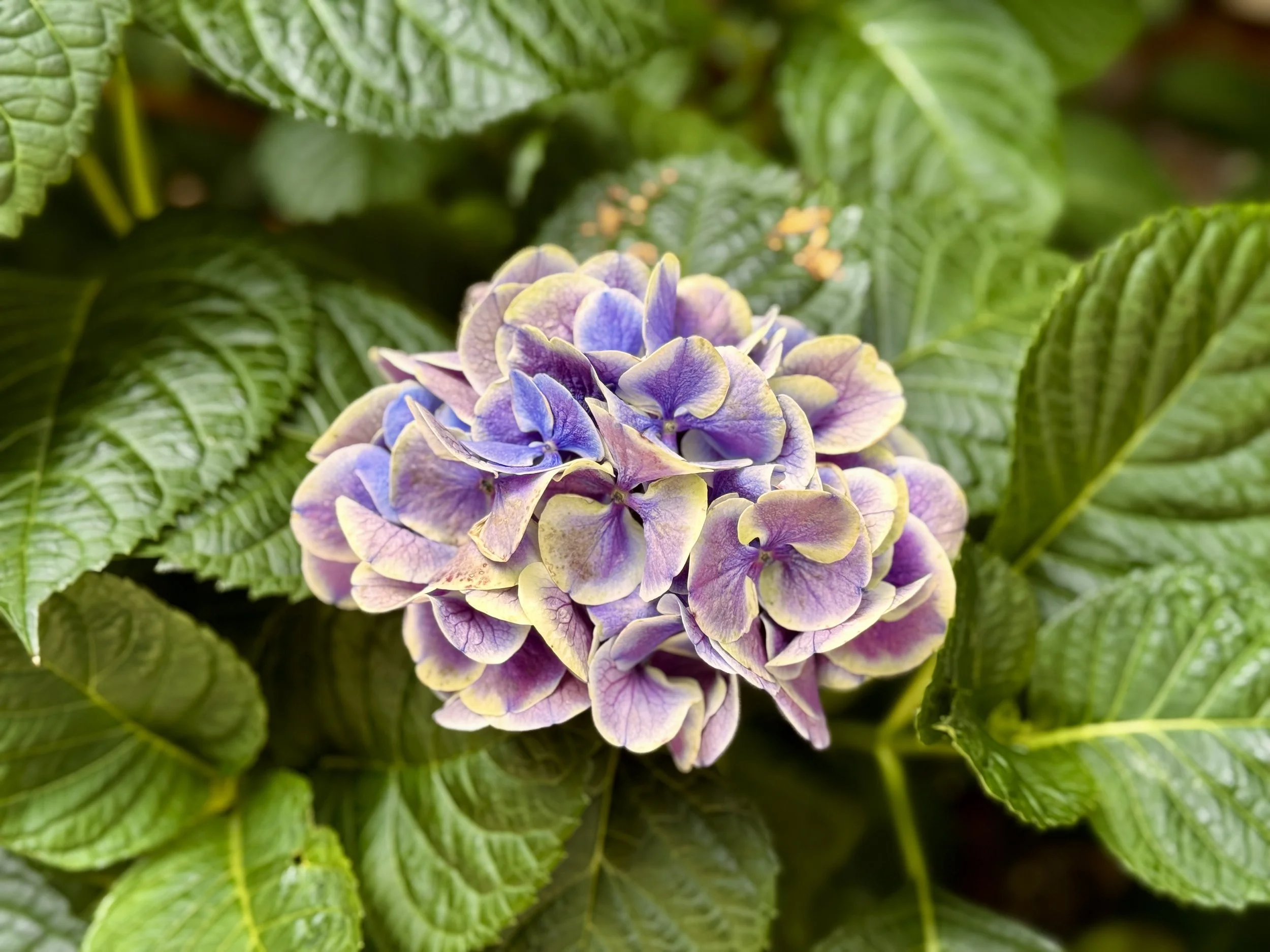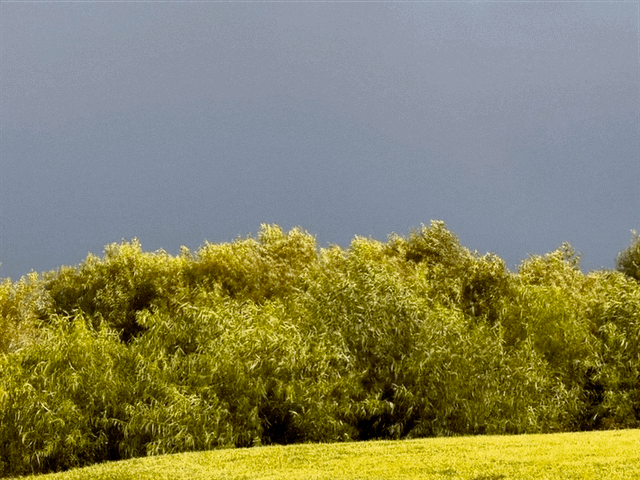Engaged Yoga
Engaged Yoga: Read about Paul’s travels, musings, and what yoga and movement mean in his everyday life.
Sometime in the recent past few months, I came across this article in the New York Times: Mel Robbins Wants You to Lose Control. It was so intriguing that it led me to go on and listen to this Modern Love Podcast: Let Mel Robbins Share Her 5 Tips for a Healthy Relationship several times in order to try to glean some helpful insights.
These sights in July freed my soul.
Keoni Movement Arts
It may be cold outside, but that doesn’t mean you can’t warm up inside! Join us in the comfort of your own home in one of our virtual classes, running now through March 26.
Enjoy the KMA Twitter feed below. To read more, check out our founder Paul Keoni Chun’s blog Engaged Yoga.






